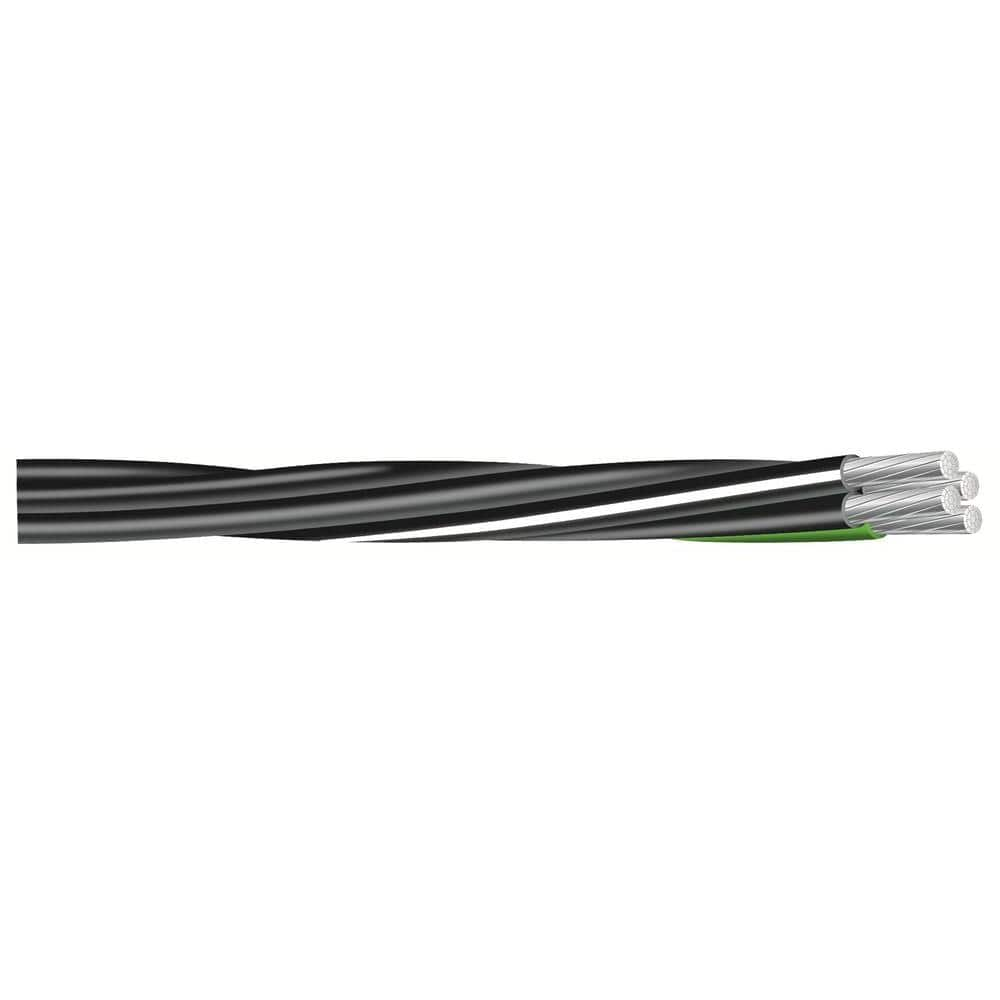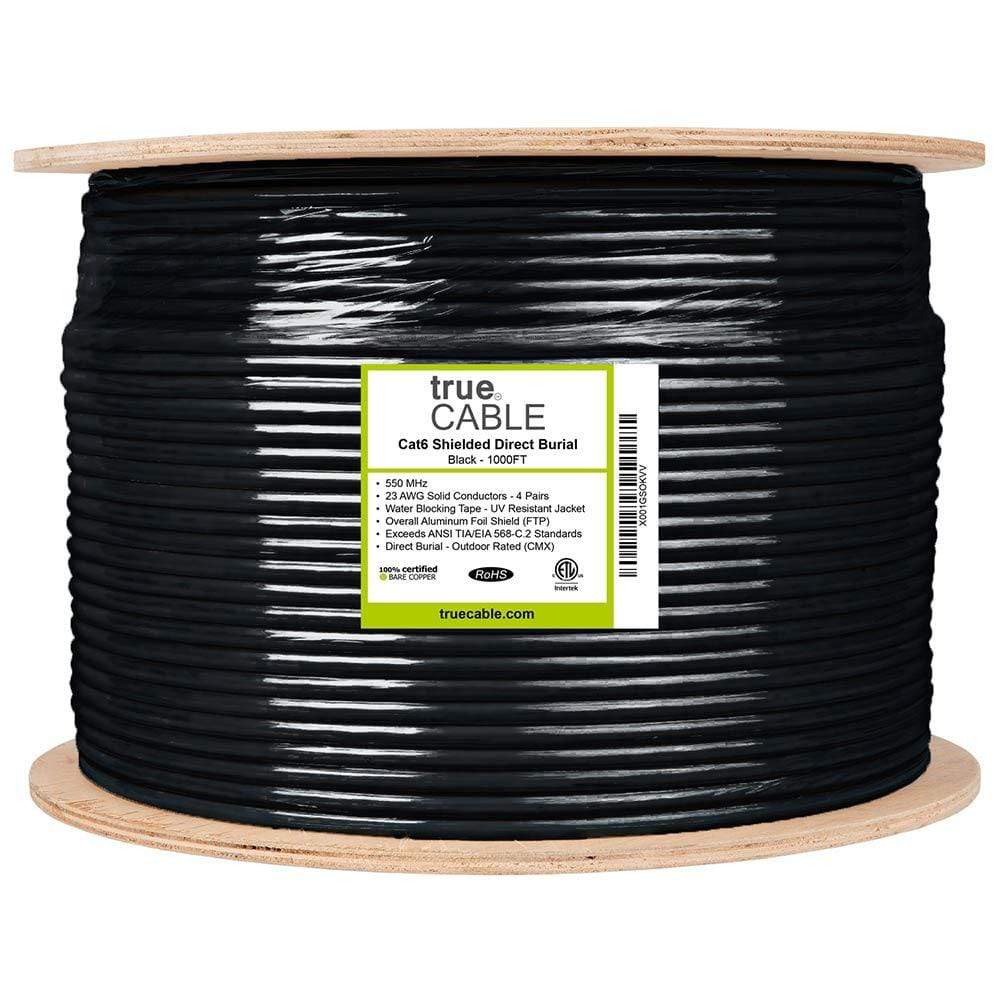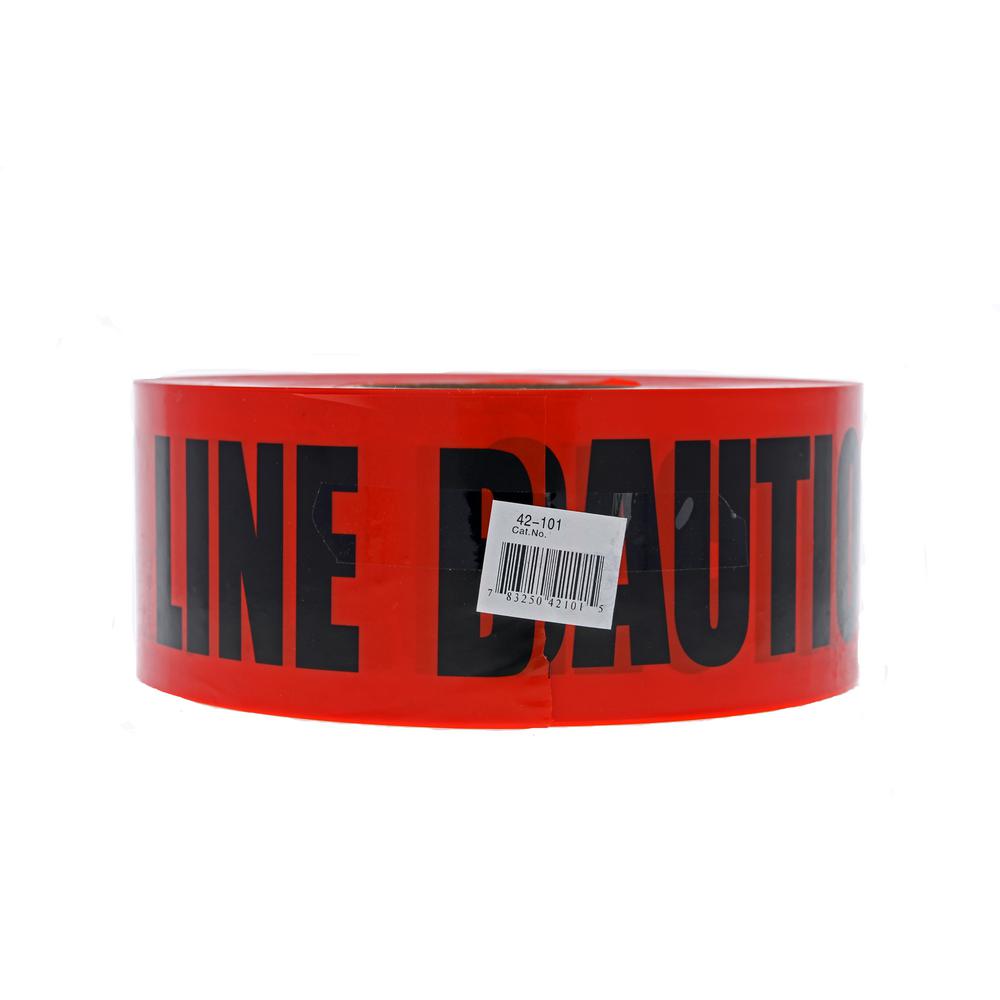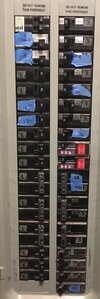So you need 100A wire.
First thing you need to find out is if you can even subfeed another 100 amps from your main panel. I would hate for you to bury wire only to find out you can't subfeed from your panel.
Post pics of your main panel here. Post the piece of paper glued inside the door. Then post a pic showing all the breakers in there now. A qualified electrician here can tell you if a licensed electrician would even tie into that panel later.
We're building a "hangout" in our back yard that will have a full kitchen. So we're going through the se thing.
So here's the story:
Out in the barn where I want the 'new' power there is currently a sub panel with 3x 20A 120v breakers in it. That panel is fed from the main panel in the house by 2x 20A 120v breakers. There are only 4 wires going to the barn, and when we had a generator switch panel wired into the house, the electrician said "I'm not touching that" when it came to the barn feed/panel. That makes me think it's hokey as crap.
The water line out to the barn is leaking, and so we're going to replace it. The current power runs with that current leaking water. I first want to deal with the water, then the power, but I want it as two projects. We're not touching the original water line, so the original power line can just continue to be there until I'm ready to tackle the new electrical.
In the barn, I've extended one of the (presumably sketchy) circuits to 2 other structures (goat barn and chicken coop) to run LED lights and some cameras. It's a lot of outlets, but drawing very little power. I think with everything turned on everywhere I can pull 450 watts at most. It's been running that way for 5 years. Off one of the other circuits is the existing outlets in the barn which has powered a table saw, chop saw and skill saw for years now as well. Haven't ever had any breaker issues (or fires).
There are no open spots in the main panel. I noticed some of the breakers are those half sized ones where you get two-in-one physical spot. I had hoped that between the 2x 20A we would be reclaiming and switching some of the singles to doubles it would free up enough physical panel space, or just drop a single larger breaker in. 100A extra may be too much, but if I have enough wire to carry it and then later learn it's not possible then I will just have to downgrade what's wired at the sub panel. With the reduction in lighting from incandescent to LEDs everywhere the actual load on the house is way down vs. when it was remodeled, but that's probably not relevant.
My major concern here is that I bring in an electrician and get the "oh my god you must burn everything down and replace everything everywhere!" story vs. the "this is actually unsafe and needs to be fixed but this other stuff is good enough". That's what keeps me from calling in real help, and has left this situation as it is for the last 7 years. Get it safe, but if we can't plug hair dryers in everywhere without breakers popping I'm OK with that. I can be smart about what gets deployed where.









